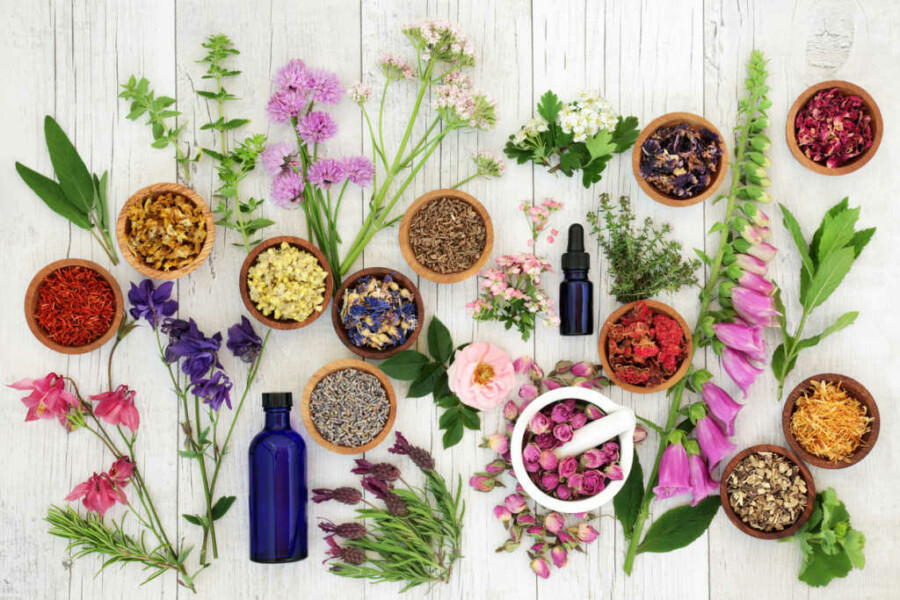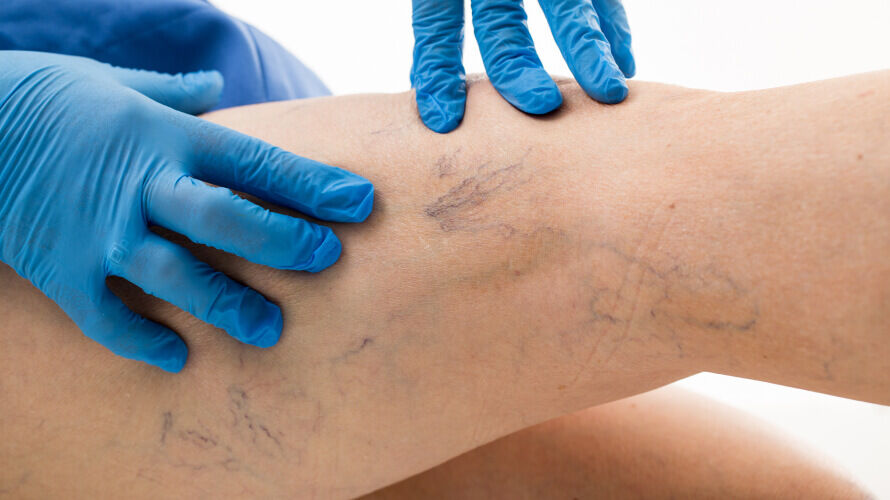Can Home Remedies Really Cure Spider Veins?

Home remedies abound for preventing and treating varicose veins and spider veins. However, these methods will neither eliminate existing veins nor prevent new ones from forming.
It’s perfectly understandable why patients would be eager to try home remedies for their spider veins, seeking an easy, “natural” way to remove the web-like patterns from their face or legs and relieve associated pain.
However, the only tried-and-true way to find relief from spider veins is consulting with a medical professional. Unfortunately, none of the popular home remedies for spider veins have been shown to reverse the condition, and some are even dangerous.
Here are some popular home remedies, and why they don't work
Essential Oils
Essential oils have long been touted as a top home remedy for a huge number of conditions. Several essential oils, include horse chestnut oil, sea pine extract and butcher’s broom extract, have been put forth by home remedy proponents as able to reduce the itching and pain associated with spider veins.
While these oils may have a temporarily soothing topical effect when massaged into the leg, they are not proven to reduce the appearance of spider veins. If you do use essential oils on your skin, be sure to first incorporate the drops into jojoba or other massage oil to avoid irritation. The smell may be pleasant, but don’t expect to see improvement with the veins themselves.
Apple Cider Vinegar
Some people claim that apple cider vinegar is a cure-all, boasting its cleansing properties and alleged ability to improve blood flow when massaged into the affected area. While improving blood flow is important for treating spider veins, apple cider vinegar has never been proven to either prevent or treat this condition.
In fact, apple cider vinegar isn’t just ineffective for treating spider veins; the liquid is highly acidic. If used undiluted, it may cause skin irritation, burning and redness. We don’t recommend applying apple cider vinegar to the skin.
Cayenne Pepper
Proponents of cayenne pepper propose that drinking a teaspoon of the powder mixed with hot water can relieve leg pain and boost circulation. However, this notion is based on an outdated belief in spicy substances’ ability to promote blood flow. In reality, ingesting too much cayenne could cause irritation and ulcers, while leaving your spider veins untouched.
Crushed Garlic
It’s true that researchers have attempted to verify how compounds found in garlic can affect health, and in some cases, they’ve isolated promising agents. However, this preliminary research has been misinterpreted by those who propose that crushed garlic, applied to the skin, can reduce the symptoms of spider veins. While garlic can add flavor to a meal, there is no scientific evidence to suggest that its compounds could biochemically change the appearance of your veins.
Witch Hazel
Witch hazel is an astringent, which means it can clean the skin, soothe redness, and temporarily shrink your pores. It is a common home treatment in facial skincare. While the cool liquid may bring momentary relief, it is not an effective solution for shrinking spider veins, as it does not have an effect beneath the top layers of skin. In fact, the tannins in witch hazel can make skin more sensitive over time, possibly increasing irritation and dryness.
At-Home Spider Vein Prevention and Treatment
While you would be hard-pressed to find a holistic panacea for your spider veins, there are effective at-home treatments that can alleviate and possibly slow the progression of your current condition. Simple changes, including taking the stairs or leaving your desk for brisk walks during the day, can be beneficial, as both sitting or standing for prolonged periods can lead to vein issues.
In addition, compression stockings and loose-fitting clothing can help alleviate symptoms of spider veins. While compression stockings reduce swelling, loose-fitting clothing encourages healthy blood flow. And, of course, hydration is very important for venous well-being.
What Really Works to Cure Spider Veins
Center for Vein Restoration offers a number of therapies that have proven to be effective and long-lasting for thousands of satisfied patients. The typical line of treatment for spider veins is visual sclerotherapy, which involves a medicine injected into the skin, causing the veins to shrink and be reabsorbed. Minimally invasive and visibly effective within a few weeks or months, this is the preferred treatment for spider veins and related symptoms. It requires just two to five treatment sessions, with no downtime or anesthesia needed.
For more severe venous conditions, CVR offers radiofrequency ablation, laser ablation, and ultrasound-guided foam sclerotherapy, which are all industry-standard methods for relieving spider veins.
Spider veins won’t disappear on their own, and any home remedies that sound too good to be true probably are. It’s especially important to talk to a specialist if you have any related pain or swelling, which may indicate underlying diseases. For an individualized treatment plan, contact CVR today.

